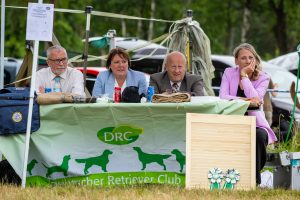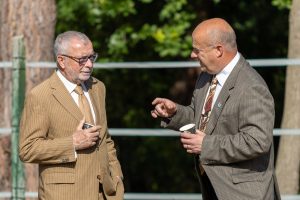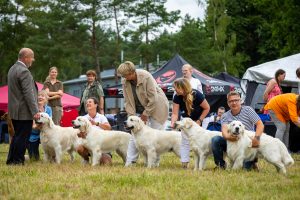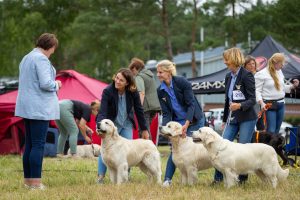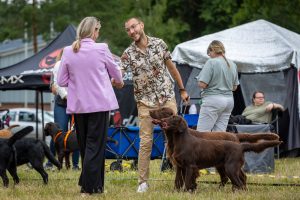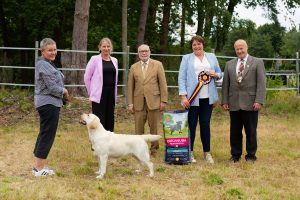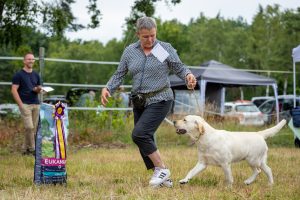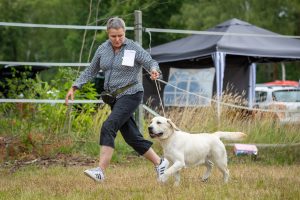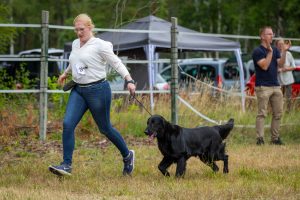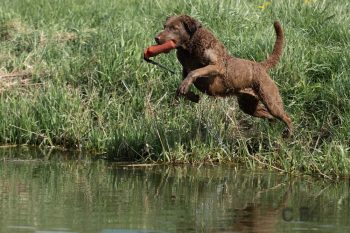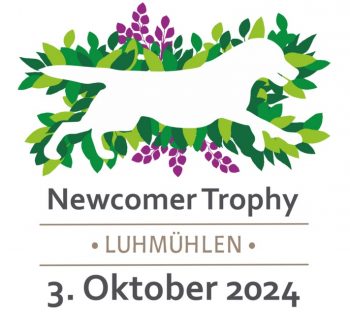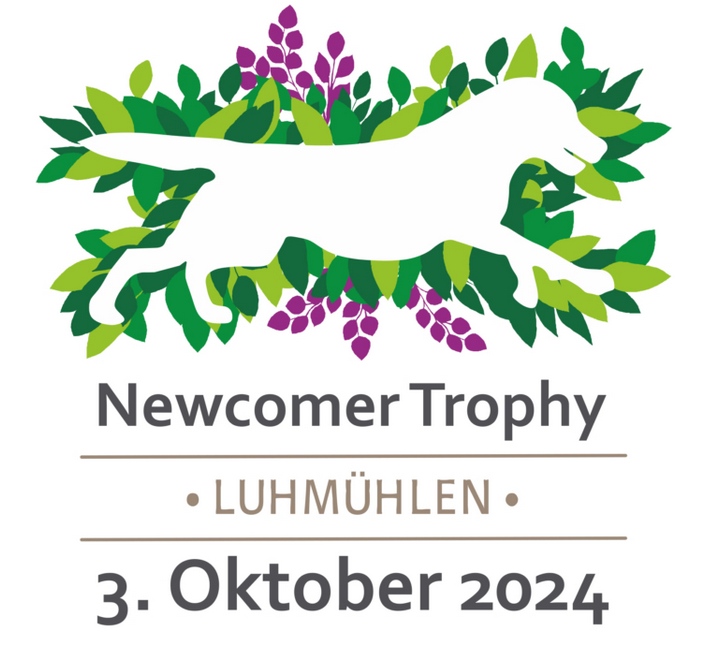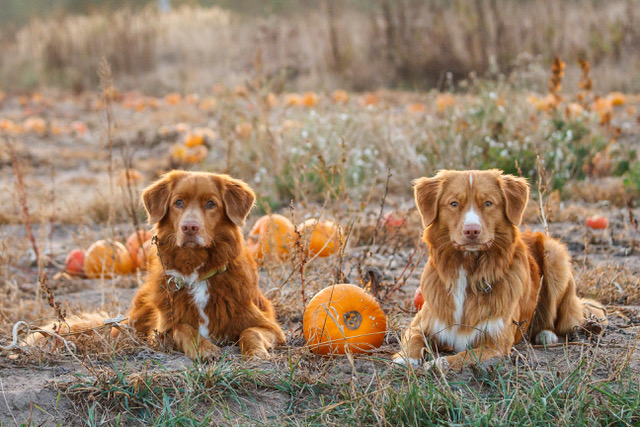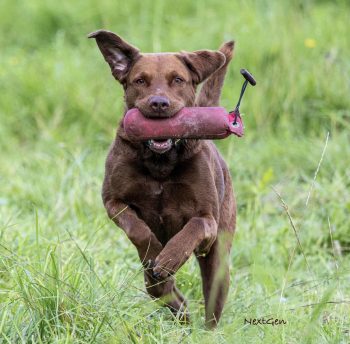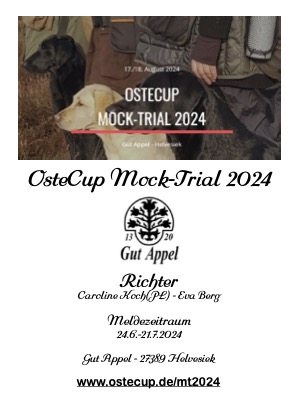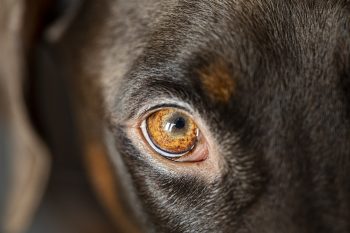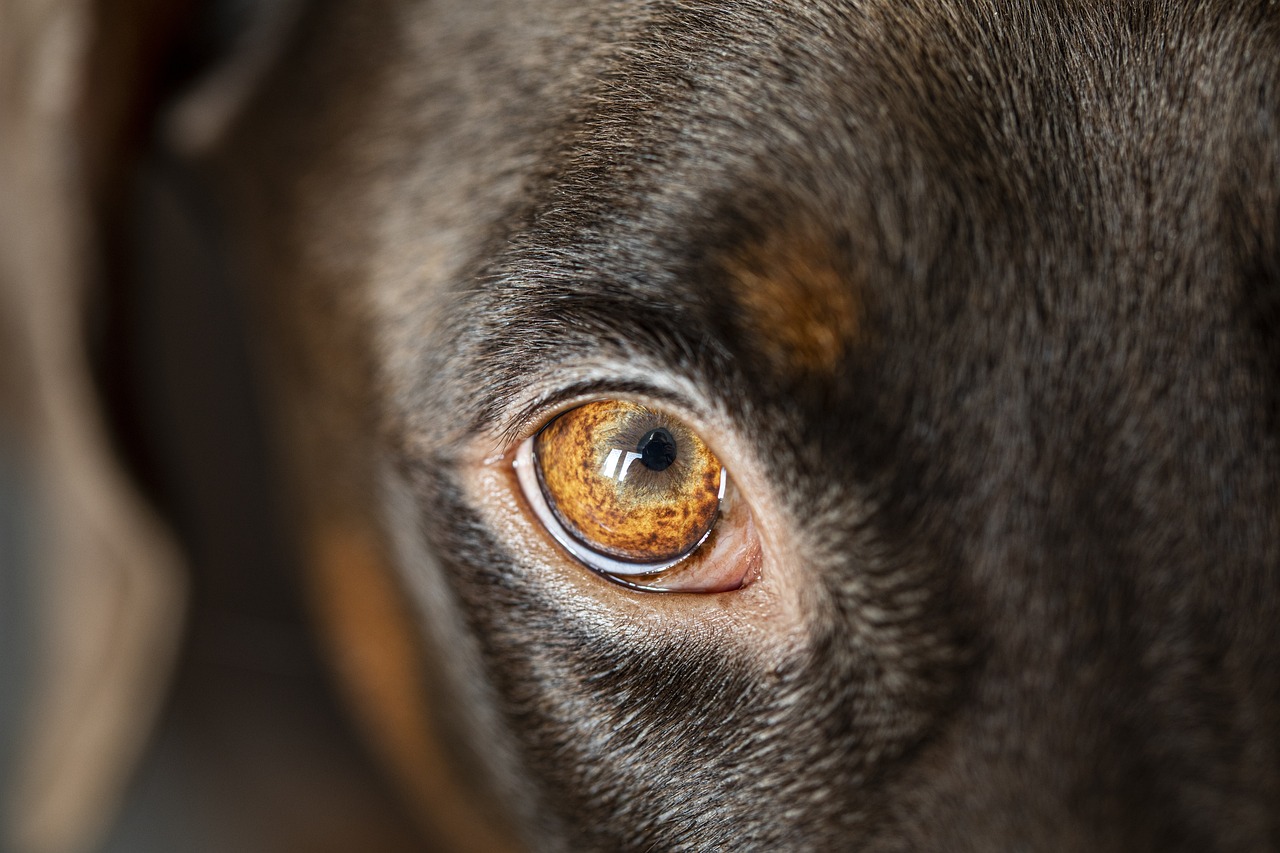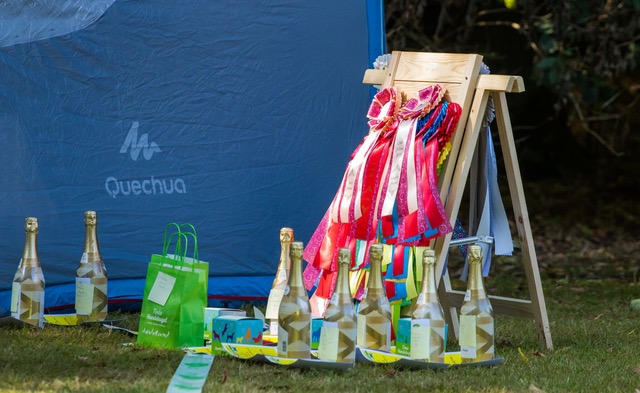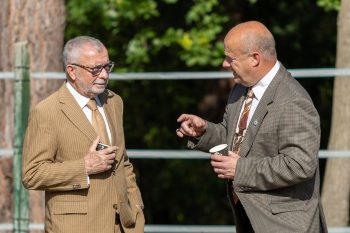
It was a great pleasure for me to judge at the special weekend, alongside my friends from Ireland, Katherina Savage and Paul Lawless and from Denmark Rikke Ladefoged who deputized at very short notice for Ray Strudwick from the UK after his flight from the UK was cancelled owing to an incident at Heathrow Airport which closed down the terminal.
On the first day I judged 57 Flatcoats, good entry with plenty of quality especially in the bitch classes. I was delighted to see that size was good…very few oversize exhibits, a trend that had crept in, and very few over angulated exhibits, another trend in recent years. I found some exhibits which were too short on the leg for breed balance and some with over sprung ribs more typical of Labradors or Goldens, and this takes away from the desired raciness. My Bob bitch pleased me immensely for size and type and movement and she was in wonderful condition. Best opposite sex, a young male of lovely proportions and type, noy yet finished in chest but his raciness. Balance and profile stride and carriage are so typical of the breed. Two lovely junior winners where I opted for the bitch with her flowing topline. Perfect tailset and lovely size.
The Flatcoats were the strongest breed I judged at the show for numbers and depth of quality.
On the second day I commenced with Nova Scotia Duck Tollers where I thought many too short in the leg to balance their body. I thought the veteran winning male very typical in head shape proportions , and movement.
Curly coated Retrievers had three of star quality: the BOB veteran dog who is a model of breed type standing and he was in superb coat and condition. His movement could have had a little more drive but what a pleasure it was to see him. The best opposite was a beautiful bitch, great type and coat and a lovely mover too. She pressed to dog hard. The veteran bitch was another of the highest quality and I gather she has given a lot to the breed. I was pleased to have a lovely liver bitch winning the Open Class lovely balance and fluent movement. I had a lovely young liver dog with a wonderful head and coat and richness of colour .He needs another year on him to fill out and coordinate on the move but I liked a lot about him. This is a breed that takes time to knit together and this was evident in the junior classes today .Some socialization and schooling will help them to be seen at their best.
Labradors had a good entry numerically but I am sorry to say that there was some disappointments. Firstly many of them were shown with soft body condition and too much weight making them too heavy and soft in the topline.: the breed standards is quite specific on this point there should be fitness for function. As a model of condition I would praise the young black dog who won the intermediate (or open?) Class. What a perfect example of a well trained and conditioned dog. Only his immaturity of rib and body stopped him from going further, but I am sure he will. Best of breed was a beautiful black bitch who is beautifully balanced with good leg length and proportions and a superb coat and tail she reminded me so much of a bitch from my childhood who was a good worker and of superb type and sired by a great dog in the breed CH REANACRE MALLARDHURN THUNDER so if I can, this bitch old fashioned that I’d a compliment. Too many of the entry lacked leg length to balance the body depth and there were to many with tails carried too high. I hope the handler of this lovely bitch will polish his handling skill to get the best out of this bitch. Best opposite was a very good yellow champion dog ultra sound on the move, a lovely head and kind expression, big ribs carrying maximum body but he was firm in topline. He lacked a little in coat on the day
Then finally. The Chesapeake Bay Retrievers, another late maturing breed but I had a beautiful bitch who stood out for me, beautiful balance. Great coat. The hallmark of the breed and a beautifully shaped head with fine lips. She beat her kennelmate for BOB
And now a plea from me. The fashionable trend of giving dogs food whilst in the ring, sometimes pushing a tube of food into the dog’s mouth (really!!?)not only looks bad, but makes the judge’s examination of the dog more difficult, but also makes the dogs addicted to food, always looking for it when they are standing or moving and on the move not concentration on anything but looking for food from the handler, you are making a difficult job for yourselves in doing this and it leads to some dogs becoming hyper active and difficult to handle. It might be good to reward dogs in early training to reward them with a treat but constant feeding during the class is really a bad practice. Stop it before the dog is hooked on food. Notice that experienced and successful exhibitors get success without this baiting.
On the second day I had the job of deciding the supreme best in show…a choice between the BIS of the first day the young Labrador bitch who had won best worker under myself and BIS from Katherina Savage. On the second day. Paul Lawless had chosen the Flatcoat dog. who had been highly placed in the breed under me on the first day.
Both had great breed type but the maturity and style of the Flatcoat dog was the deciding factor so the huge best in show rosette went off to Poland. Congratulations to his owners.
Congratulations and thanks go to organizer Nikolai Ahlbrecht and his team for all their hard work in organizing a very happy and enjoyable weekend. So good to meet many friendly exhibitors enjoying their dogs , win or lose…that is the key to sportsmanship and to enjoying a dog show.
My best wishes to you all
Frank Kane
Hinweis der Redaktion
Beiträge für die Clubzeitung werden veröffentlicht, wenn sie denn tatsächlich zur Veröffentlichung eingereicht werden. Die größten Erfolge werden dabei i.d.R. per E-Mail oder über eine Transferplattform erzielt – Telepathie oder Glaskugel finden hingegen keine Verwendung. Für alle Kanäle gilt: so lange diese an beiden Enden von Menschen bedient werden, passieren Fehler oder es geht etwas verloren, wie offenbar in diesem Fall.
Vielleicht sind dauerhaft über 30 Grad nicht für jedes Gemüt etwas, dann aber lieber Finger weg von der Tastatur, das Gemüt kühlen und Ursachenforschung betreiben.


